The Selous is the largest National Park in Africa. Four times the size of Serengeti - covering more than 5% of Tanzania's total area and larger than Switzerland, it possesses a diverse landscape from hot volcanic springs, sporadic lakes, channels from the Great Rhaha and Rufiji…
Park summary
-
Protected Area Type
Game Reserves, UNESCO World Heritage Site
-
-
When to Go
All year around, June - November (Game Viewing) January - April (Bird Watching, rainy)
-
Distances
Dar es Salaam to Selous Game Reserve via Mikumi National Park is 280 kilometers and it takes 5 hrs on the road.
Descriptions
The Selous is the largest National Park in Africa. Four times the size of Serengeti - covering more than 5% of Tanzania's total area and larger than Switzerland, it possesses a diverse landscape from hot volcanic springs, sporadic lakes, channels from the Great Rhaha and Rufiji rivers
The Selous Game Reserves is the largest National Park in Africa. Four times the size of Serengeti - covering more than 5% of Tanzania's total area and larger than Switzerland, it possesses a diverse landscape from hot volcanic springs, sporadic lakes, channels from the Great Rhaha and Rufiji rivers. One of the more historic protected areas in Tanzania, the Selous Game Reserve was named after Frederick Courteney Selous, a British explorer and hunter in East Africa who was killed in World War 1 in the Beho region of the reserve. The area has remained one of the untouched gems of Tanzania's national parks and game reserves
There are large populations of elephant in the park. Approximately 70 % (60 000) of Tanzania's elephants are found in this reserve. Other well known animals include the hippo (40 000 inhabit the river systems), depleted numbers of the black rhino, large herds of buffalo (over 160 000), the area's famous wild dogs and 5 000 lion patrol the Reserve.
Also found here are Nyasaland gnu, brindled gnu, hartebeest, Greater Kudu, sable antelope, eland, reedbuck, bushbuck, waterbuck, warthog, zebras, giraffe, wildebeest, leopard, cheetah are rare. There are over 350 species of birds including African snipe, Bataleur eagle, Crested lark, Green-headed oriole, Knob-billed duck, herons, kingfishers, geese and Southern Ground hornbill. Reptiles such as crocodiles and various snakes and lizards are also found.
Summary:
- Size and Location: 55,000km² in the south-east running in almost five regions of Tanzania
- When to visit the park: June - November (Game Viewing) January - April (Bird Watching, rainy)
- Climate: Tropical climate, hot and humid all year round. Temperature ranges from 13°C - 40°C
- Rainfall: Ranges from 750mm in the east to 1250mm in the west
- Altitude: Varies from 100m (northeast) to 1 200m (southwest) above sea level
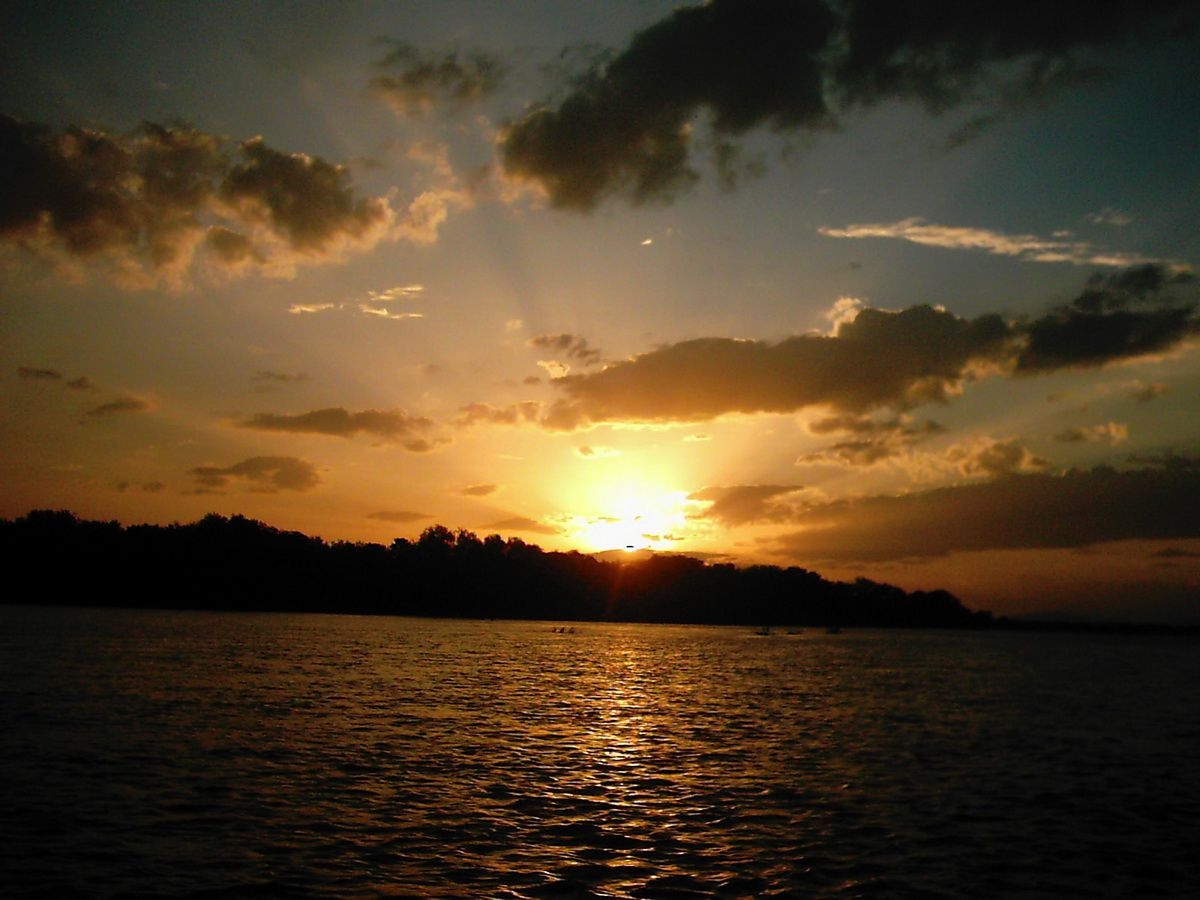
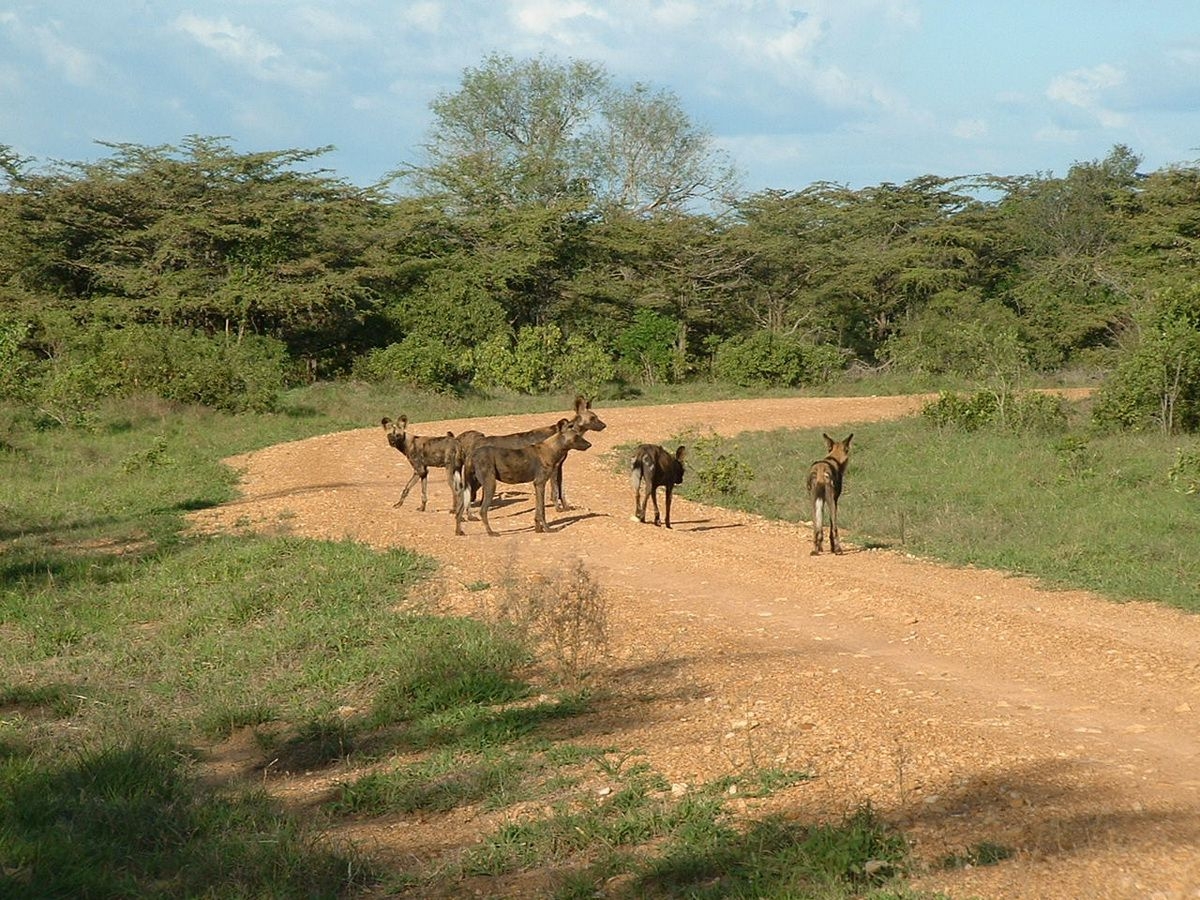

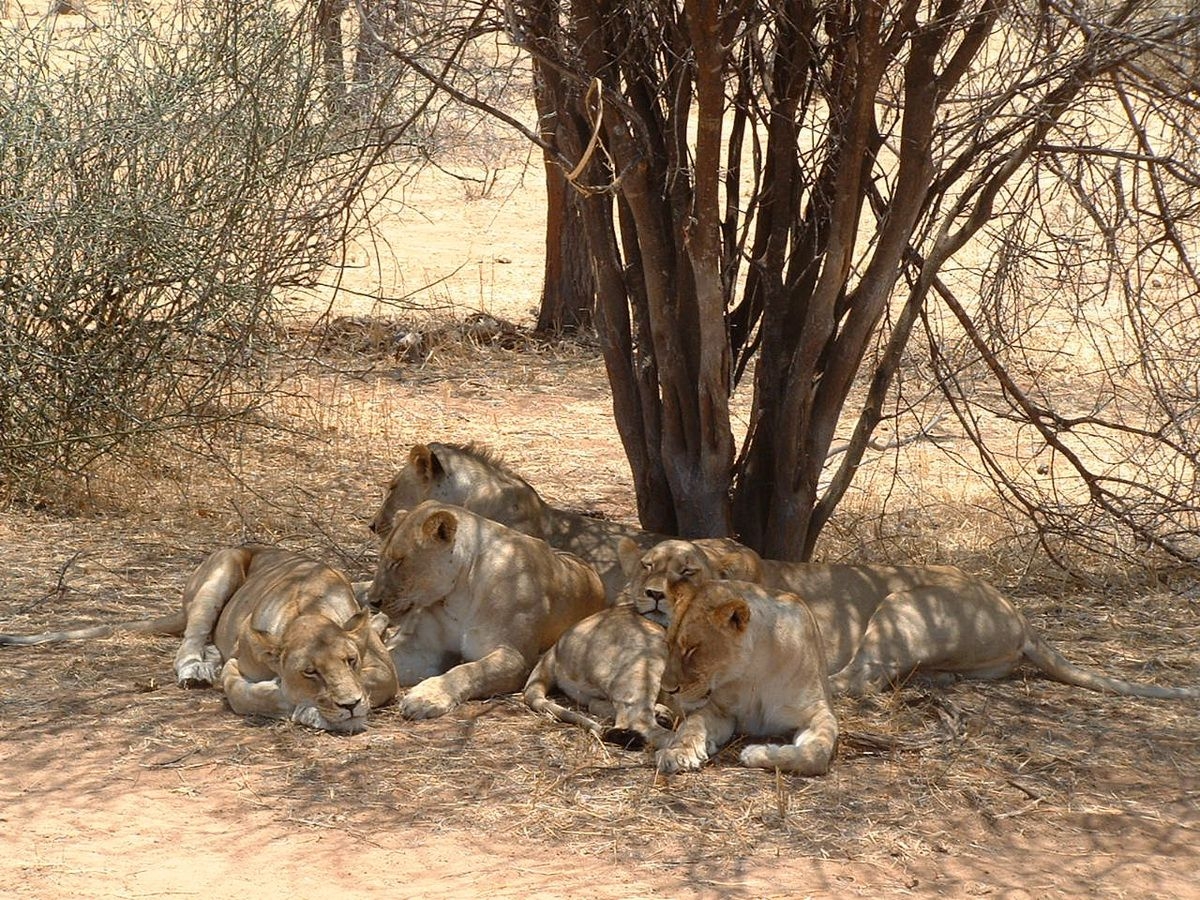
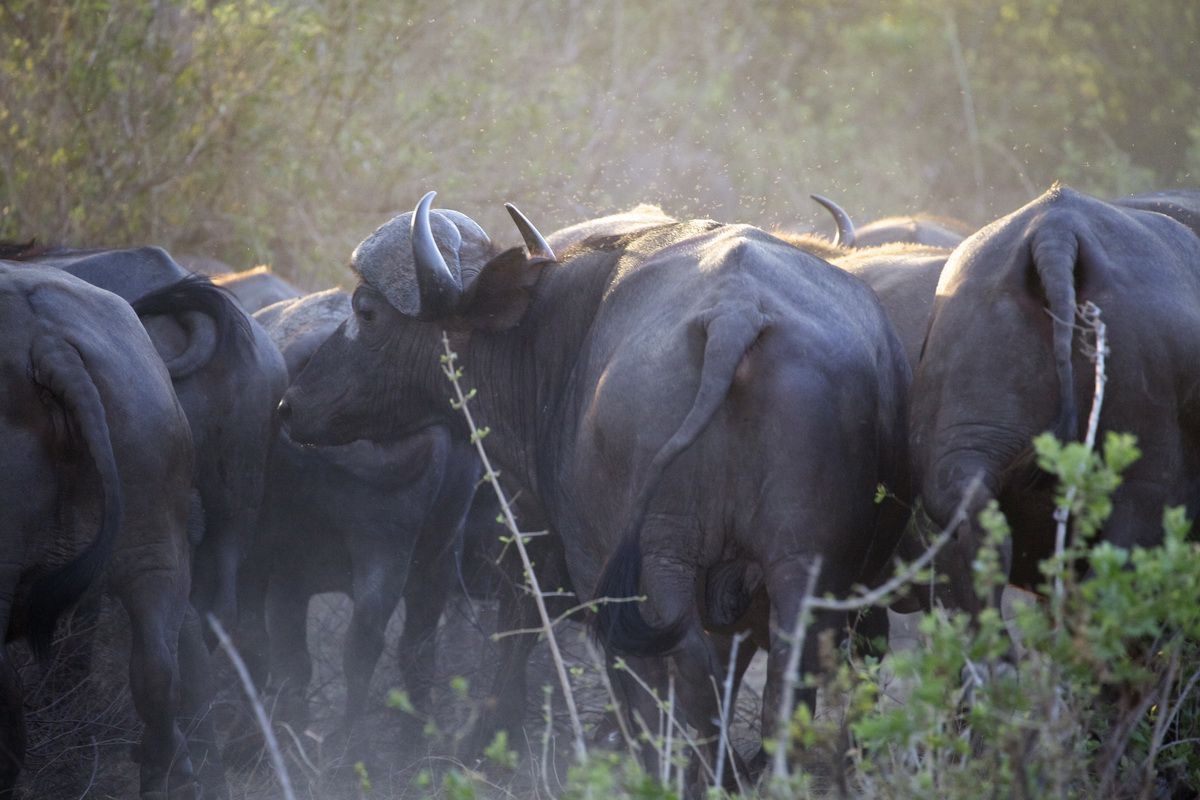
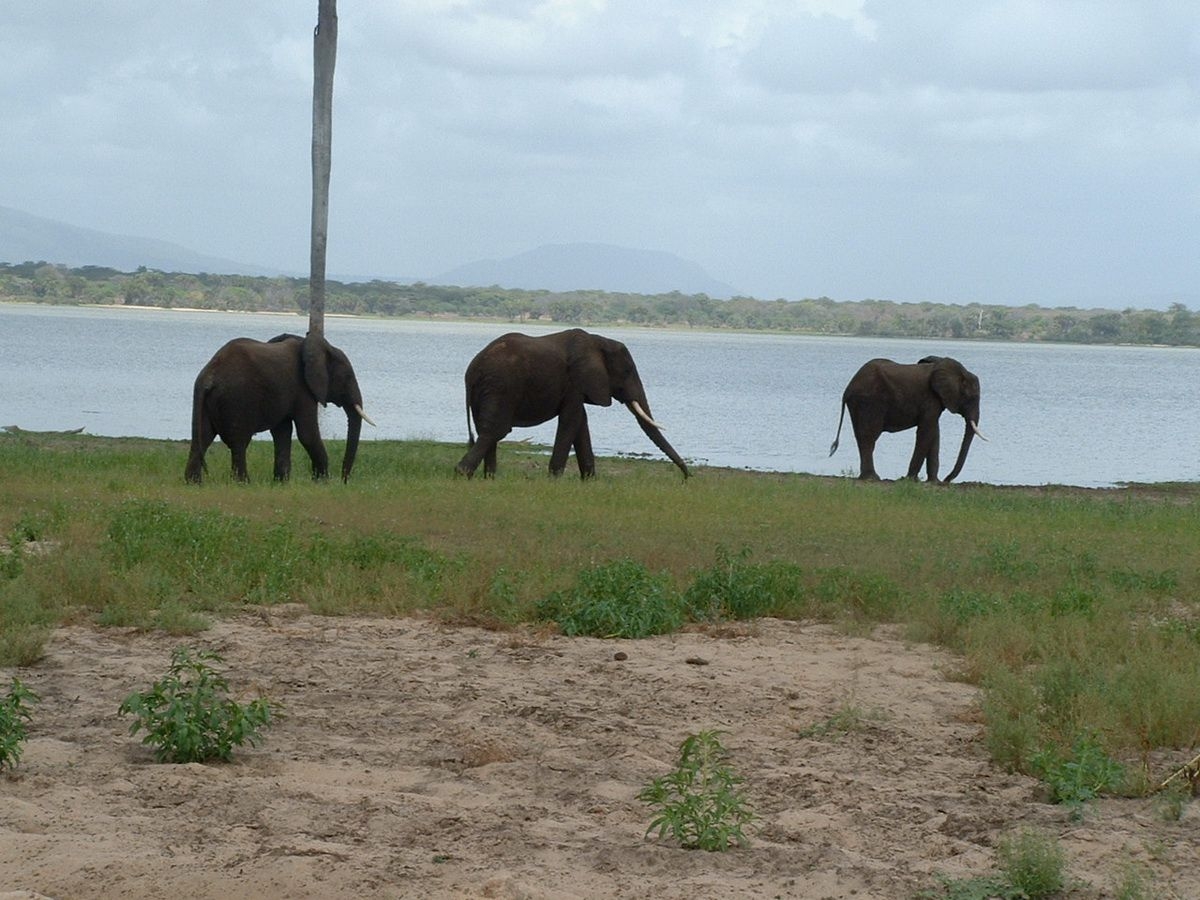

_1200_728.jpg)
_1200_795.jpg)
